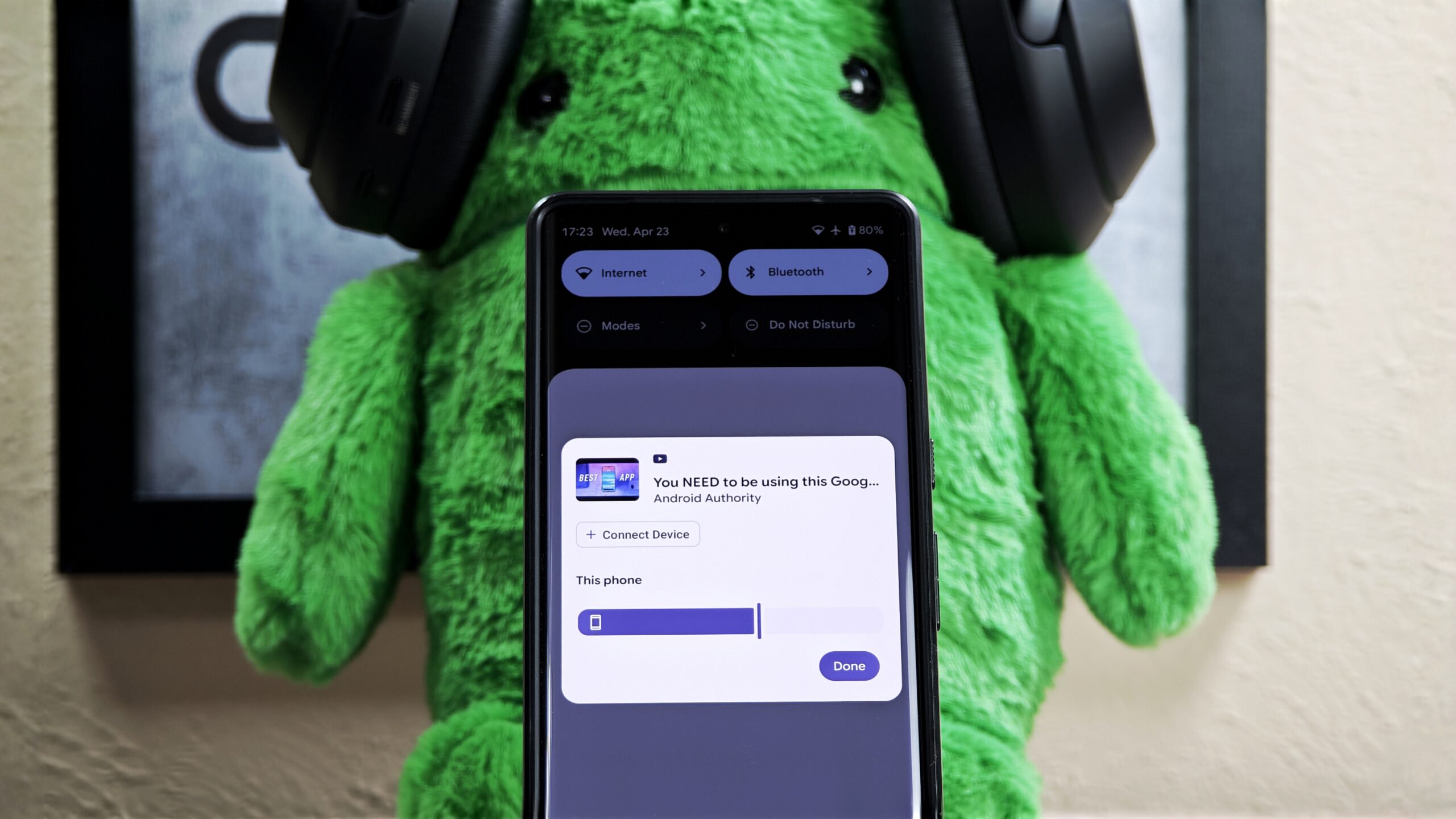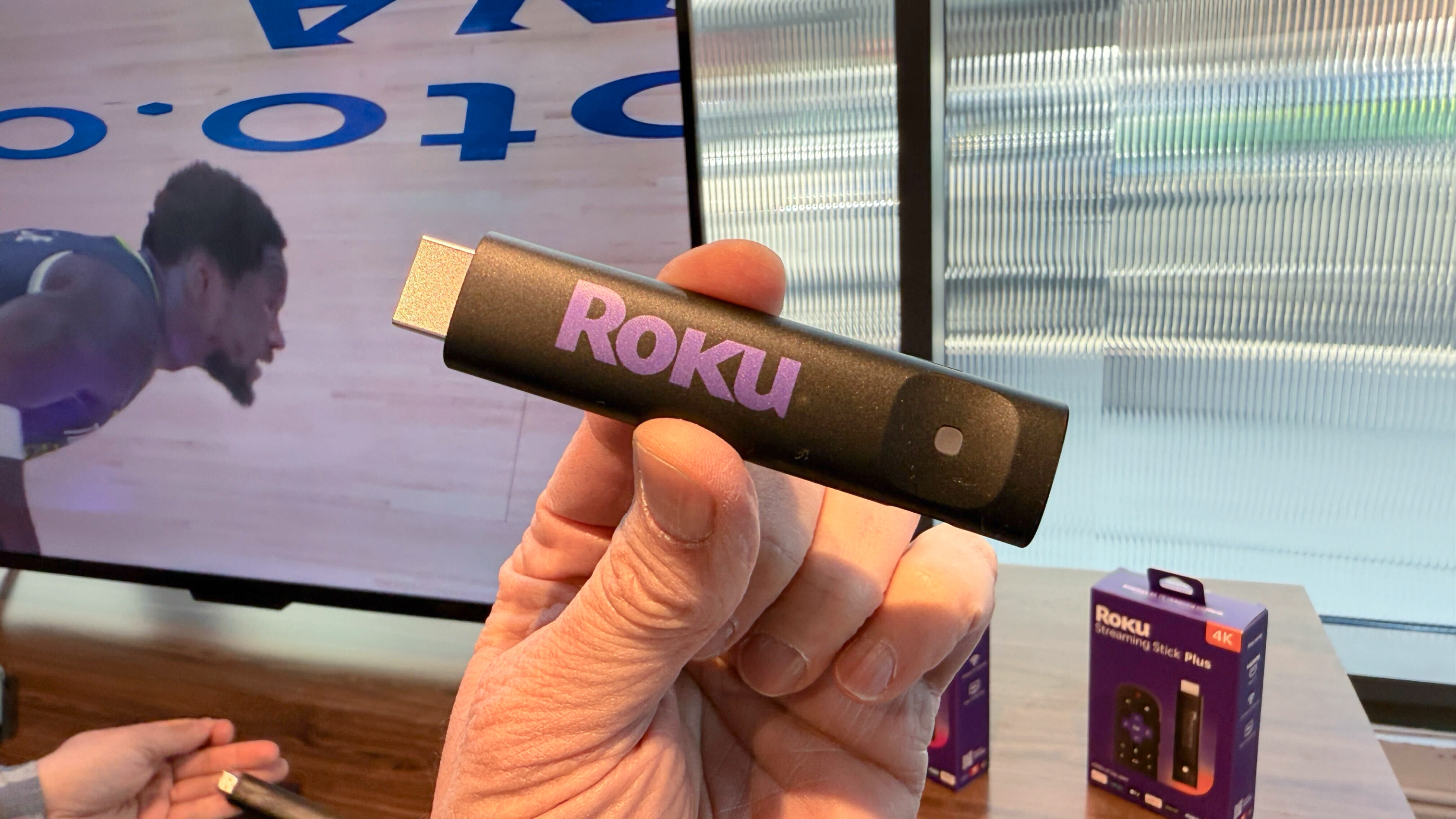Scaling Your AWS Network with Transit Gateway, VPC Peering, and Hybrid Connectivity
Introduction to AWS Networking Scaling Solutions As cloud networks grow in complexity, AWS provides powerful tools to connect VPCs and on-premises environments efficiently. This article explores Transit Gateway, VPC Peering, Site-to-Site VPN, and AWS Direct Connect to help you design scalable, secure, and cost-effective network architectures. Network Architecture Designs When scaling AWS networks, two primary architectures are used: Full Mesh Architecture Every VPC is directly connected to every other VPC Works well for small networks (5-10 VPCs) Challenges include complexity that increases exponentially with more VPCs and difficulty managing security policies across multiple connections Hub-and-Spoke Architecture Centralized hub (Transit Gateway) connects all VPCs and on-premises networks Ideal for large-scale networks (dozens to hundreds of VPCs) Benefits include simplified management, reduced peering complexity, and better traffic control AWS Transit Gateway: The Scalable Hub Solution A managed service that acts as a regional router for connecting VPCs, VPNs, and Direct Connect. Key Features Centralized Routing - Single hub for all network traffic Automatic Scaling - Handles traffic growth without manual intervention Cross-Region & Cross-Account Peering - Connect Transit Gateways globally Flow Logs - Monitor traffic for security and troubleshooting How It Works Deploy an Elastic Network Interface (ENI) in each subnet Configure route tables to direct traffic through the Transit Gateway Attach VPCs, VPNs, or Direct Connect connections Pricing Per-hour charge per attached VPC/VPN Data processing fees for cross-region traffic Use Case: Enterprise networks requiring centralized connectivity across multiple VPCs and on-premises data centers. VPC Peering: Direct Private Connections VPC Peering allows private communication between two VPCs without traversing the public internet. Key Features No Additional Cost - Only data transfer fees apply Low Latency - Direct connection between VPCs Cross-Account & Cross-Region Support Limitations No Transitive Peering - If VPC A peers with B, and B peers with C, A cannot communicate with C No Overlapping CIDR Blocks - Requires non-conflicting IP ranges Workaround for Transitive Needs Use AWS PrivateLink with a Network Load Balancer (NLB) Deploy a Transit Gateway for hub-and-spoke connectivity Use Case: Simple, cost-effective connections between a few VPCs (e.g., dev/prod environments). Site-to-Site VPN: Secure Cloud-to-On-Premises Connectivity A secure encrypted tunnel between an on-premises network and AWS. Key Features IPsec VPN over the public internet Works with Virtual Private Gateway (VPG) or Transit Gateway Supports multiple on-premises connections Best Practices Use AWS Global Accelerator to improve VPN performance Configure multiple tunnels for high availability Pair with Direct Connect for hybrid resilience Use Case: Secure remote office access to AWS resources. AWS Direct Connect: Dedicated Network Connection A private, high-speed connection from on-premises to AWS, bypassing the public internet. Connection Types Virtual Interface Purpose Private VIF Connects to VPC via Virtual Private Gateway Public VIF Connects to AWS public services (S3, DynamoDB) Transit VIF Connects to Transit Gateway via Direct Connect Gateway Best Practices Use Direct Connect as primary + VPN as backup (failover) Connect via multiple locations for redundancy Leverage AWS Direct Connect Resiliency Toolkit for optimal routing Use Case: High-bandwidth, low-latency needs (e.g., financial services, real-time data processing). Conclusion: Choosing the Right AWS Networking Solution Solution Best For Pros Cons Transit Gateway Large-scale, multi-VPC networks Centralized, scalable, cross-region Cost increases with connections VPC Peering Simple, direct VPC connections Free, low-latency No transitive peering Site-to-Site VPN Secure remote access Easy setup, encrypted Limited by internet speeds Direct Connect High-performance hybrid cloud Dedicated bandwidth, low latency Higher cost, longer setup Recommendations For enterprises - Use Transit Gateway + Direct Connect For small teams - VPC Peering (if no transitive needs) For remote offices - Site-to-Site VPN (with backup links) By leveraging these AWS networking tools, you can build scalable, secure, and high-performance cloud architectures.

Introduction to AWS Networking Scaling Solutions
As cloud networks grow in complexity, AWS provides powerful tools to connect VPCs and on-premises environments efficiently. This article explores Transit Gateway, VPC Peering, Site-to-Site VPN, and AWS Direct Connect to help you design scalable, secure, and cost-effective network architectures.
Network Architecture Designs
When scaling AWS networks, two primary architectures are used:
Full Mesh Architecture
- Every VPC is directly connected to every other VPC
- Works well for small networks (5-10 VPCs)
- Challenges include complexity that increases exponentially with more VPCs and difficulty managing security policies across multiple connections
Hub-and-Spoke Architecture
- Centralized hub (Transit Gateway) connects all VPCs and on-premises networks
- Ideal for large-scale networks (dozens to hundreds of VPCs)
- Benefits include simplified management, reduced peering complexity, and better traffic control
AWS Transit Gateway: The Scalable Hub Solution
A managed service that acts as a regional router for connecting VPCs, VPNs, and Direct Connect.
Key Features
- Centralized Routing - Single hub for all network traffic
- Automatic Scaling - Handles traffic growth without manual intervention
- Cross-Region & Cross-Account Peering - Connect Transit Gateways globally
- Flow Logs - Monitor traffic for security and troubleshooting
How It Works
- Deploy an Elastic Network Interface (ENI) in each subnet
- Configure route tables to direct traffic through the Transit Gateway
- Attach VPCs, VPNs, or Direct Connect connections
Pricing
- Per-hour charge per attached VPC/VPN
- Data processing fees for cross-region traffic
Use Case: Enterprise networks requiring centralized connectivity across multiple VPCs and on-premises data centers.
VPC Peering: Direct Private Connections
VPC Peering allows private communication between two VPCs without traversing the public internet.
Key Features
- No Additional Cost - Only data transfer fees apply
- Low Latency - Direct connection between VPCs
- Cross-Account & Cross-Region Support
Limitations
- No Transitive Peering - If VPC A peers with B, and B peers with C, A cannot communicate with C
- No Overlapping CIDR Blocks - Requires non-conflicting IP ranges
Workaround for Transitive Needs
- Use AWS PrivateLink with a Network Load Balancer (NLB)
- Deploy a Transit Gateway for hub-and-spoke connectivity
Use Case: Simple, cost-effective connections between a few VPCs (e.g., dev/prod environments).
Site-to-Site VPN: Secure Cloud-to-On-Premises Connectivity
A secure encrypted tunnel between an on-premises network and AWS.
Key Features
- IPsec VPN over the public internet
- Works with Virtual Private Gateway (VPG) or Transit Gateway
- Supports multiple on-premises connections
Best Practices
- Use AWS Global Accelerator to improve VPN performance
- Configure multiple tunnels for high availability
- Pair with Direct Connect for hybrid resilience
Use Case: Secure remote office access to AWS resources.
AWS Direct Connect: Dedicated Network Connection
A private, high-speed connection from on-premises to AWS, bypassing the public internet.
Connection Types
| Virtual Interface | Purpose |
|---|---|
| Private VIF | Connects to VPC via Virtual Private Gateway |
| Public VIF | Connects to AWS public services (S3, DynamoDB) |
| Transit VIF | Connects to Transit Gateway via Direct Connect Gateway |
Best Practices
- Use Direct Connect as primary + VPN as backup (failover)
- Connect via multiple locations for redundancy
- Leverage AWS Direct Connect Resiliency Toolkit for optimal routing
Use Case: High-bandwidth, low-latency needs (e.g., financial services, real-time data processing).
Conclusion: Choosing the Right AWS Networking Solution
| Solution | Best For | Pros | Cons |
|---|---|---|---|
| Transit Gateway | Large-scale, multi-VPC networks | Centralized, scalable, cross-region | Cost increases with connections |
| VPC Peering | Simple, direct VPC connections | Free, low-latency | No transitive peering |
| Site-to-Site VPN | Secure remote access | Easy setup, encrypted | Limited by internet speeds |
| Direct Connect | High-performance hybrid cloud | Dedicated bandwidth, low latency | Higher cost, longer setup |
Recommendations
- For enterprises - Use Transit Gateway + Direct Connect
- For small teams - VPC Peering (if no transitive needs)
- For remote offices - Site-to-Site VPN (with backup links)
By leveraging these AWS networking tools, you can build scalable, secure, and high-performance cloud architectures.










































































































































































![[The AI Show Episode 144]: ChatGPT’s New Memory, Shopify CEO’s Leaked “AI First” Memo, Google Cloud Next Releases, o3 and o4-mini Coming Soon & Llama 4’s Rocky Launch](https://www.marketingaiinstitute.com/hubfs/ep%20144%20cover.png)















































































































![Is This Programming Paradigm New? [closed]](https://miro.medium.com/v2/resize:fit:1200/format:webp/1*nKR2930riHA4VC7dLwIuxA.gif)



































































































































-Classic-Nintendo-GameCube-games-are-coming-to-Nintendo-Switch-2!-00-00-13.png?width=1920&height=1920&fit=bounds&quality=70&format=jpg&auto=webp#)




























_Wavebreakmedia_Ltd_FUS1507-1_Alamy.jpg?width=1280&auto=webp&quality=80&disable=upscale#)



















































































































![New iPhone 17 Dummy Models Surface in Black and White [Images]](https://www.iclarified.com/images/news/97106/97106/97106-640.jpg)


![Hands-On With 'iPhone 17 Air' Dummy Reveals 'Scary Thin' Design [Video]](https://www.iclarified.com/images/news/97100/97100/97100-640.jpg)































































































































